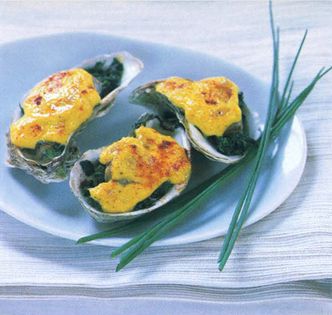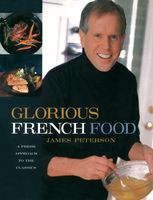Advertisement

Preparation info
- Makes
4
generous first-course - Difficulty
Easy
Appears in
Published 2002
It was up to me, as the lowest-ranking member of the restaurant kitchen, to shuck the oysters for this dish (always to order, never ahead of time), whisk up the hollandaise, and get the plates of hot oysters into the hands of the snarling waiters as quickly as possible. Assuming your own work environment is a little less hectic, you can shuck the oysters and take them out of the shells earlier the same day, and blanch the spinach. However, you should make the hollandaise, which is very peri


